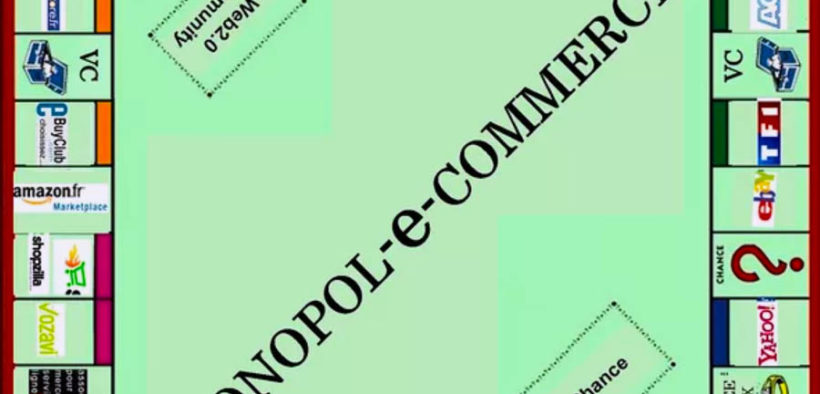Practical Techie: Digital magic makes for more successful virtual commerce

Many web entrepreneurs wonder how some online merchants make good money while others never sell enough. The secret is in simple human enchantment. Web success — whether social, commercial, or cultural — is determined by the content that infatuates the visitor because it’s all based on certain fancies of the human mind.
Let’s realize that the internet is a technology of fragments. Bits and bytes. Segments of data strings. Image pixelations. Video streams. The layering of data allow for good visual allure.
MIND TRICKS — All the fragmentation divides our attention and, in turn, forces us to focus. To pay involuntary attention. The accelerated flow of texts, visuals, and data works its magic making it seem a fascinating mess to our brains. The secret is how to convert the amazement into a fun experience for the visitor. Consequently, move the cybernaut to action. To buy.
HOW? Through a precise combination of words, visuals, and interactivity. One alone of these elements will not do the magic without the other. So we see that although the Internet is a fragmented set of digital parapets, of high-tech logic, getting people to pay attention and act with a page’s content is in reality an art form consonant with a good magician’s presentation. Distract, entertain then pull out the illusion. Top plastic artists, good movie directors, Disney World Imagineers, the best live-stage performers all know this too well. Nowadays, even successful influencers.
ALLURE — We can’t deny how psychologically addictive the internet is. We live dazzled by the constant flow of emails and the charming — or gross — outbursts of commentary on social networks. It becomes almost impossible to disconnect. Dissociate from the enormous flow of digital stimuli and virtual sensations. It becomes a cybernetic umbilical cord. We are super hooked and hyperlinked.
WIZARDY — A successful digital website offers captivating content with seductive designs, practical navigation, and spectacular visuals, regardless of product or service on display. We good interactive content the human mind believes it is in a universe of infinite mirrors. Enhance the shopping experience with good but not too distractive content, panoramic visuals, augmented reality, or interactive graphs when relevant. That is, adorn the experience with the creatyive magic of virtuality. Make the brain believe smells, sensations, and colors of the content.
SELL — In virtual commerce, this interactive experience must be more stimulating than the real experience.It has been proven that any entertaining experience stimulates visitors to buy. Once this is obtained, next comes making the buying experience easy and quick. Every online business has to be clear and precise about payment methods, security, privacy, quality assurances, and returns processes. This gives the buyer peace of mind and credibility with the seller. The trick is to make the shopping experience easier yet entertaining.
INNOVATION — Every virtual store, gigantic or small, constantly innovates with some virtual wizardry, captivating content, or with widgetry. Amazon, for example, introduced 2015 the Dash button, but in 2020 another innovation — the virtual assistant — made the concept obsolete. The Dash badge came with WiFi connectivity; a consumer would stick it to the fridge door and order edible products with a simple Alexa-like whisper. It replaced the archaic paper list with a magnet.
Neiman Marcus stores innvovated “evocative mirrors” that send to dressroom clients images of how the look with different types of clothing. Also, “Memory Makeover,” a widget that shows make-up tutorials to cosmetics clients. “Sunglass Memory” allows customers to record and digitally compare up to four sunglasses on them. All these examples make the customer believe they are part a merchandise’s creative process.
In essence, it’s simplifying the shopping process and, above all, provide a small social adventure.









